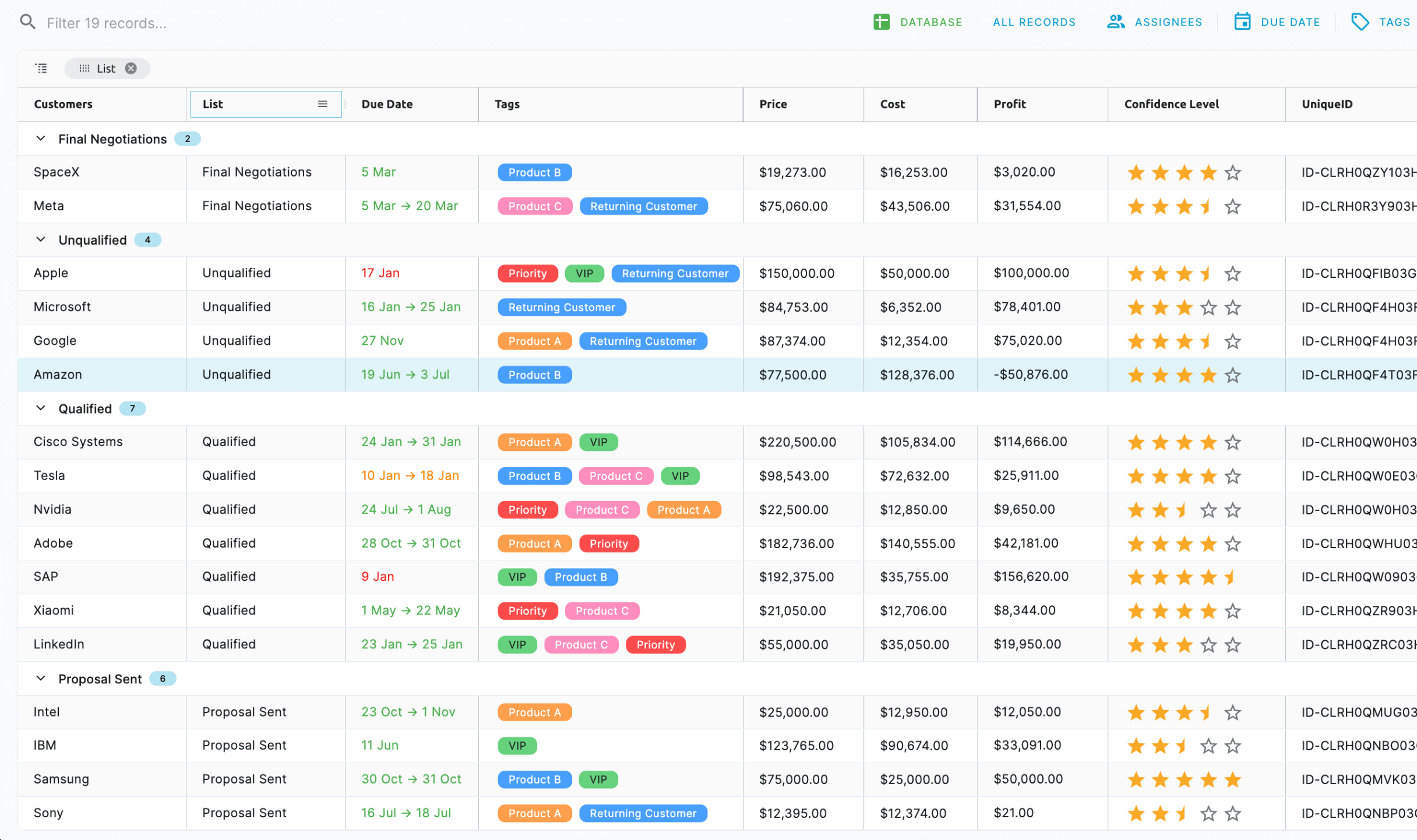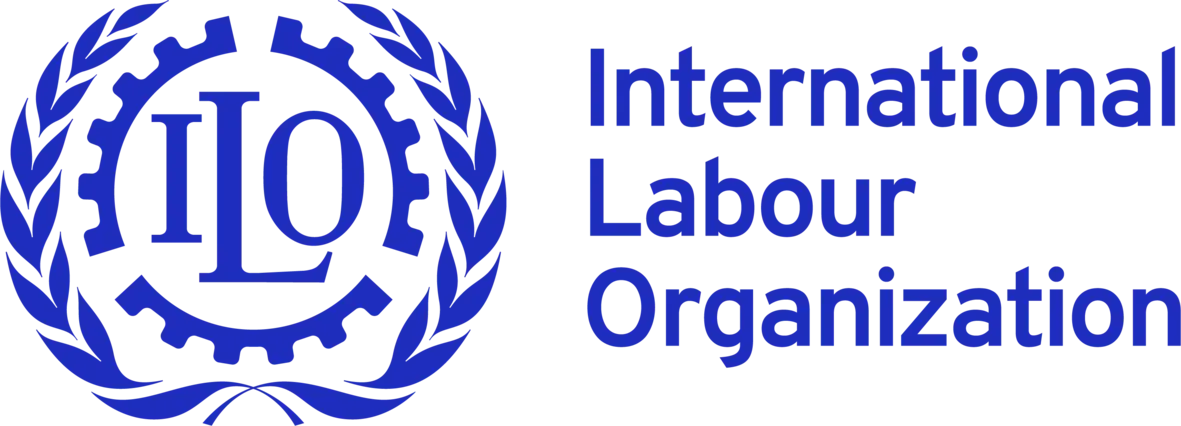Blueisapowerfulplatformtocreate,manage,andscaleprocesses.
Meet the system for modern operations — gain visibility, speed up processes, and scale your organization.

You can now create your own branded version of Blue with the White Label module.
Trusted by more than 17,000 teams


Designed to turn everything
into a clear process.
Because great organizations thrive on clear, repeatable processes.
Built for how you actually work
Your processes with no forced workflows or rigid structures.
A platform for customers, not investors
Founder-led, profitable, and built for decades not quarters.
Fair pricing that scales with you
$7/user. No surprises. Save 90% vs enterprise tools.
Work — the way it should be.
One source of truth.
Create records for all your business data, so you finally have one place to keep everything.
See also
- Records map to your business entities
- Custom fields model your data
- Workspaces keep everything private
Everything is a process.
Blue helps you create clear, repeatable processes for everything you do.
See also
- Lists create consistent process steps
- Checklists ensure everyone knows what to do
- Forms give you consistent data intake
Automations help you scale.
Blue's powerful automation engine handles everything from status updates and notifications to complex multi-step workflows.
Crafted to operate at scale.
"Blue keeps things completely organized — it's an absolutely wonderful tool."
"The automation features of Blue help us run our operations seamlessly."
"My entire life is in Blue! I love how fantasticly responsive the team is."
"If you're wondering if you should buy Blue...the answer is YES."
Your perfect data structure.
Create custom fields, design your own record types, and build the perfect database that fits your exact workflow.
Real-time management dashboards.
Easily build dashboards that automatically update as your data changes.
Everything you need to succeed
Security
Enterprise-grade security with end-to-end encryption and compliance certifications.
Performance
Lightning-fast response times and 99.9% uptime guarantee for mission-critical work.
Analytics
Real-time insights and customizable dashboards to track what matters most.
Integrations
Connect with 7,000+ tools including Slack, Gmail, Zapier, and custom APIs.
Automations
Streamline workflows with intelligent automation that learns from your processes.
Mobile Apps
Work on the go with apps for iPhone, iPad, and Android devices.
Collaboration
Real-time collaboration tools with comments, mentions, and team workspaces.
Customization
Fully customizable interface, fields, and workflows to match your business needs.
Support
Free email support with optional paid phone support.
Connect with 7,000+ tools through our integration partners






"Blue has massively helped us manage our data work, ensuring that our teams are clear on what they need to do, and why. It's a great tool for us."
Ready to get started?
Trusted at enterprise scale
Your own dedicated Blue infrastructure.
Isolated deployment with dedicated database, backend services, frontend servers, and background processing. Get ultimate performance with complete data residency—even we can't access your database unless you specifically authorize it.
Enterprise security
- End-to-end encryption for complete data protection
- GDPR & HIPAA compliance for regulated industries
- Complete audit trails for compliance and accountability
Custom features built specifically for you.
Do you see Blue as 90% perfect, but need a specific feature for your organization that would be a game changer? We estimate development costs and assign dedicated engineers to build exactly what you need. No upfront costs—everything is included in your monthly payments.
"We are saving each sales rep in our team 9 hours a week with Blue."
Data migration concierge.
Dedicated success manager, technical live chat, user support chat, and regular custom training for new features. We handle migration assistance including data cleanup and import—because you're not just another account.
Battle-tested platform, your brand.
Complete white-label solution included with enterprise plans. Our infrastructure handles billions of API calls annually, and every feature is used by thousands of companies. You get enterprise reliability with startup agility.
Why enterprises choose Blue over the giants
Replace complex, expensive enterprise software with a platform that's powerful but refreshingly simple.
Lightning-fast deployment
Live in less than 30 days vs. months of implementation. Fraction of the cost with better usability.
Enterprise power, startup simplicity
Get enterprise capabilities without the complexity. Your team will actually want to use it.
Built for your unique processes
Configure for your specific workflows instead of being forced into generic 'best practices.'

"Comin Asia (part of RMA Group) has relied on Blue for nearly six years as our core CRM platform. We chose Blue for its intuitive interface, real‑time dashboards, and flexible automation—boosting our sales visibility and reducing manual administration and helping Comin Asia scale across Cambodia, Vietnam, Thailand, Laos, and Myanmar. We work closely with the Blue team to develop bespoke customization that enhances our ability to apply data driven decision making across our business operations."
Enterprise features that actually matter
Dedicated Infrastructure
Isolated deployment with dedicated servers and database for ultimate performance and security.
Custom Development
Engineers assigned to build the exact features you need, amortized into your monthly license.
Enterprise Security
End-to-end encryption, GDPR/HIPAA compliance, and complete data residency control.
Dedicated Support
Success manager, technical chat, user support, and custom training programs.
White Label Included
Complete branding customization included with enterprise plans at no extra cost.
Battle-Tested Scale
Over 1 billion API calls annually with features used by thousands of companies.
Migration Assistance
We handle data cleanup, import, and migration from any existing system.
Unlimited Users
Fixed pricing regardless of user count—scale your team without scaling your costs.
Rapid Deployment
Live in less than 30 days vs. months with traditional enterprise solutions.